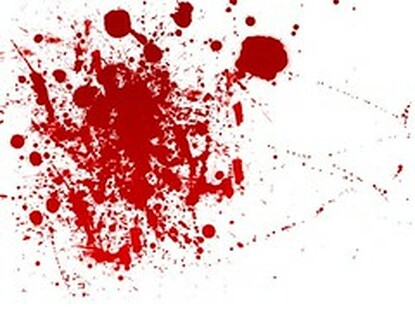Blood Spatter
|
Essential Question:
How do investigators identify different types of blood spatter? Learning Objective: I can design experiments to prove the behavior of liquids under varying velocities. Standards addressed: HS-PS2-1. Analyze data to support the claim that Newton’s second law of motion describes the mathematical relationship among the net force on a macroscopic object, its mass, and its acceleration. HS-PS2-3 Apply science and engineering ideas to design, evaluate, and refine a device that minimizes the force on a macroscopic object during a collision.* |
